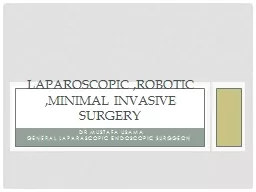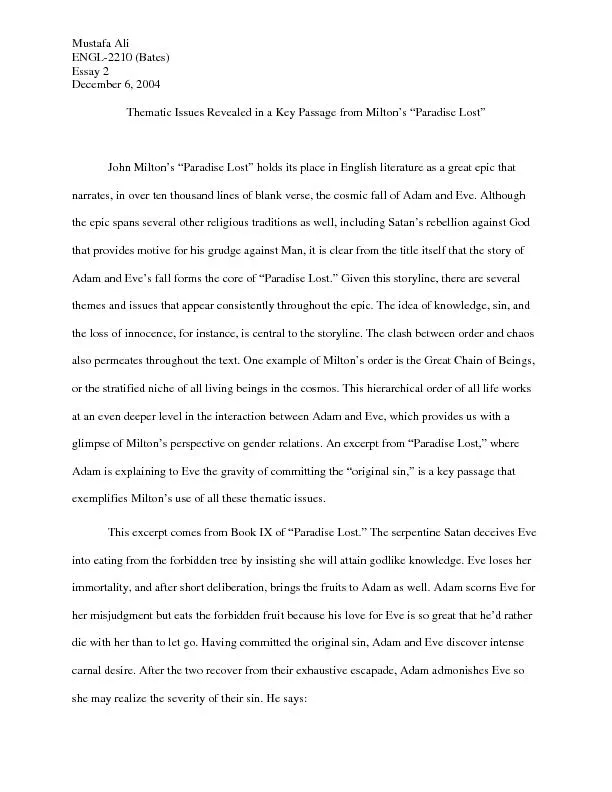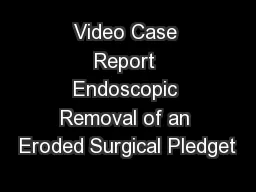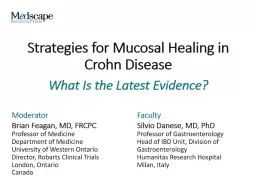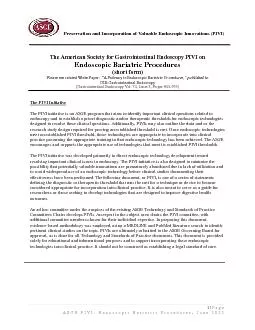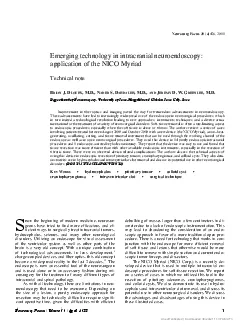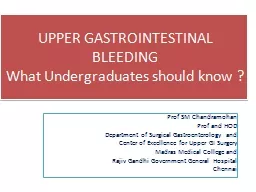PPT-Dr MUSTAFA USAMA GENERAL LAPARASCOPIC ENDOSCOPIC SURGGEON .
Author : agentfor | Published Date : 2020-06-15
Laparoscopic robotic minimal invasive surgery Objectives ATo understand the principal of minimal invasive surgery in different surgical specialtiesAdvantages and
Presentation Embed Code
Download Presentation
Download Presentation The PPT/PDF document "Dr MUSTAFA USAMA GENERAL LAPARASCOPIC ..." is the property of its rightful owner. Permission is granted to download and print the materials on this website for personal, non-commercial use only, and to display it on your personal computer provided you do not modify the materials and that you retain all copyright notices contained in the materials. By downloading content from our website, you accept the terms of this agreement.
Dr MUSTAFA USAMA GENERAL LAPARASCOPIC ENDOSCOPIC SURGGEON .: Transcript
Download Rules Of Document
"Dr MUSTAFA USAMA GENERAL LAPARASCOPIC ENDOSCOPIC SURGGEON ."The content belongs to its owner. You may download and print it for personal use, without modification, and keep all copyright notices. By downloading, you agree to these terms.
Related Documents

